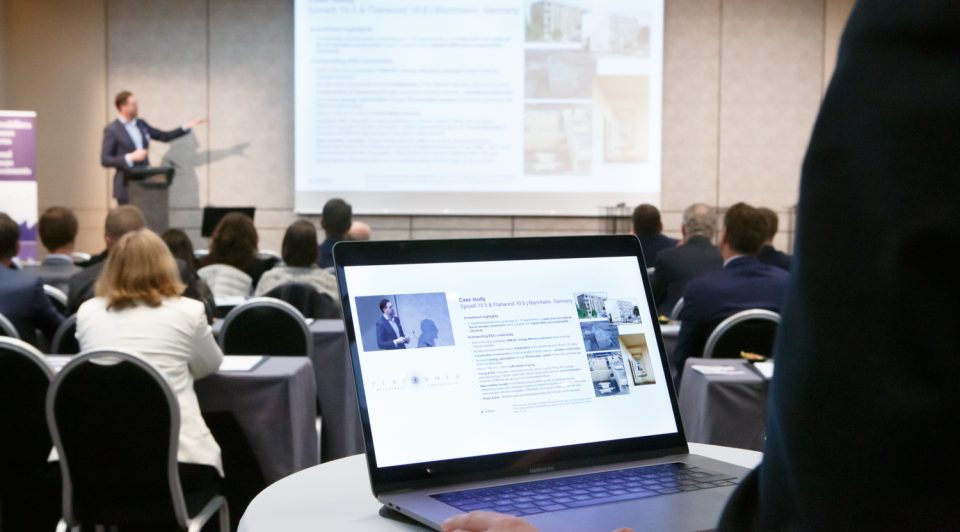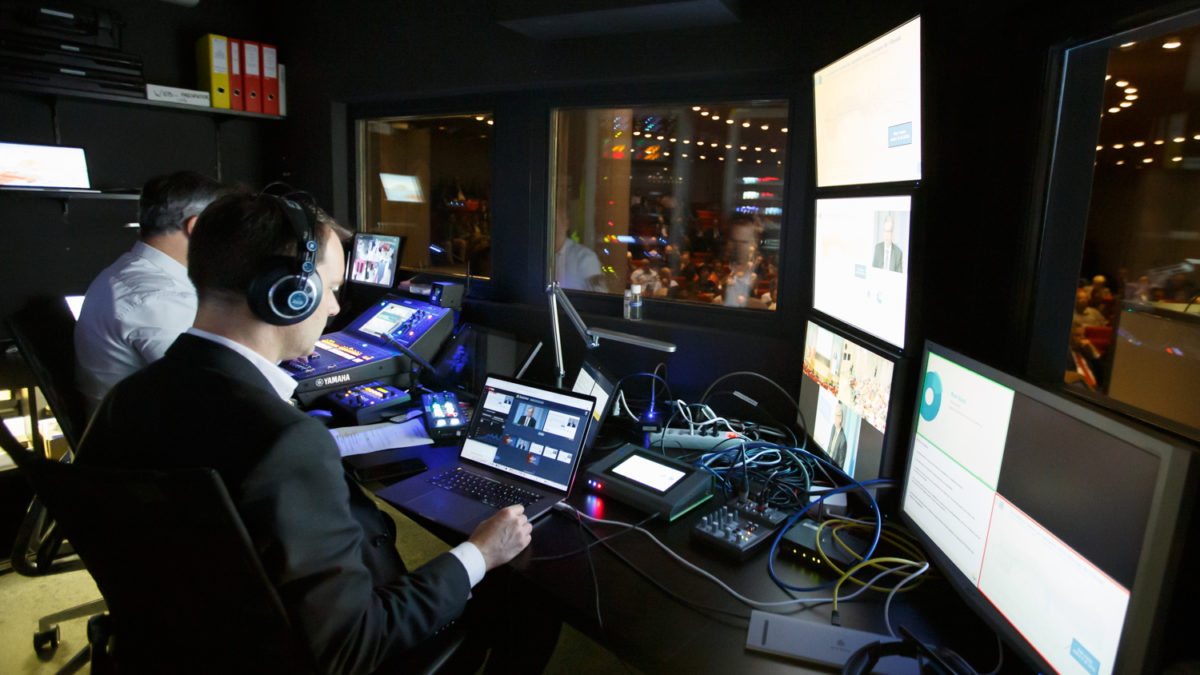
Audiovisual desk at conference
In the fast-paced world of conferences and events, capturing and streaming content has become an essential aspect of engaging audiences beyond the venue. A little part of the ingredients for the success of your events is about choosing the right equipment. Since we rely today so much about technology that you cannot face an issue with microphones or beamer.
Whether you’re a seasoned conference planner organizing numerous events or a video agency venturing into conference coverage, selecting the right hardware is pivotal for success. In this guide, we’ll walk you through the key hardware considerations, ensuring you deliver top-notch audiovisual experiences for your audience. Event Tech is a little bit like cinema in the sense that beyond hardware, many types of professions are involved. Buying the best hardware will not ensure a quality recording: you need the experience.
In reality and day-to-day practice, event professionals such as event planners have so many things to care about: the venue, catering, event programme, participant registration, marketing, decoration, staff, speaker management, hotel, logistics, off-site visits, budget, sponsorship, many last minute changes. They need to delegate this part to an agency and the professional ones know it very well.
Audio Recording – The Foundation
When aiming for the minimum setup, prioritize audio recording for creating podcasts, reports, newsletters, and blog posts. A good analogy is radio: only with audio, it is impressive the amount of knowledge that you can share. Knowledge + human touch of the voice. I personally think that there are so many reasons why you should record your event, for archival but above all to leverage it in the long term. In case it is too late for you to consider recording, at least create a report.
Get the output of the audio mixing table and plug it to your audio / voice recorder. Utilize quality microphones suitable for the conference setting, considering factors like battery life and compatibility with the public address system. Check the batteries at the beginning of each session. If you do not have an audio expert in your team, employ a dedicated technician to monitor and ensure audio quality. You do not want any audio issue both at your event and in the recordings.
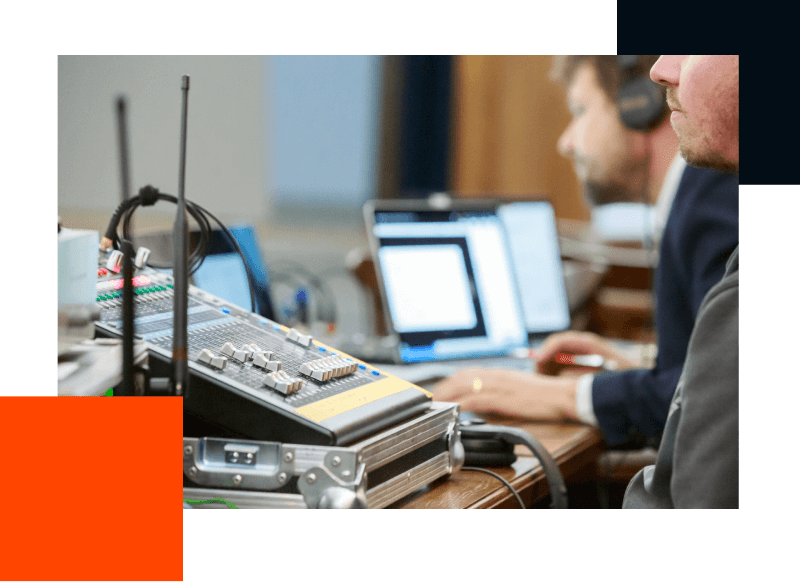
Audio mixing table monitored by professional audio technician
Video Capture
Find the right trade-off between low quality consumer-level options and the other extreme which are cinema / TV cameras. As important features, you need a reasonable zoom, 3 CCD. Opt for at least two cameras to capture diverse angles and perspectives. You need to frame very well the speakers when they move on stage and any movement should be very smooth. Tripod is not to be neglected. Go for high quality. Ensure your cameras are plugged into a power source to avoid battery issues. Implement proper lighting on stage and do not neglect the background behind speakers for a polished visual presentation. Integrate a video mixer (e.g., Sony, Panasonic, Roland) for seamless transitions between camera feeds. Invest in InterCom to be able to communicate between the video operator and the video director. And do not forget to do backups.
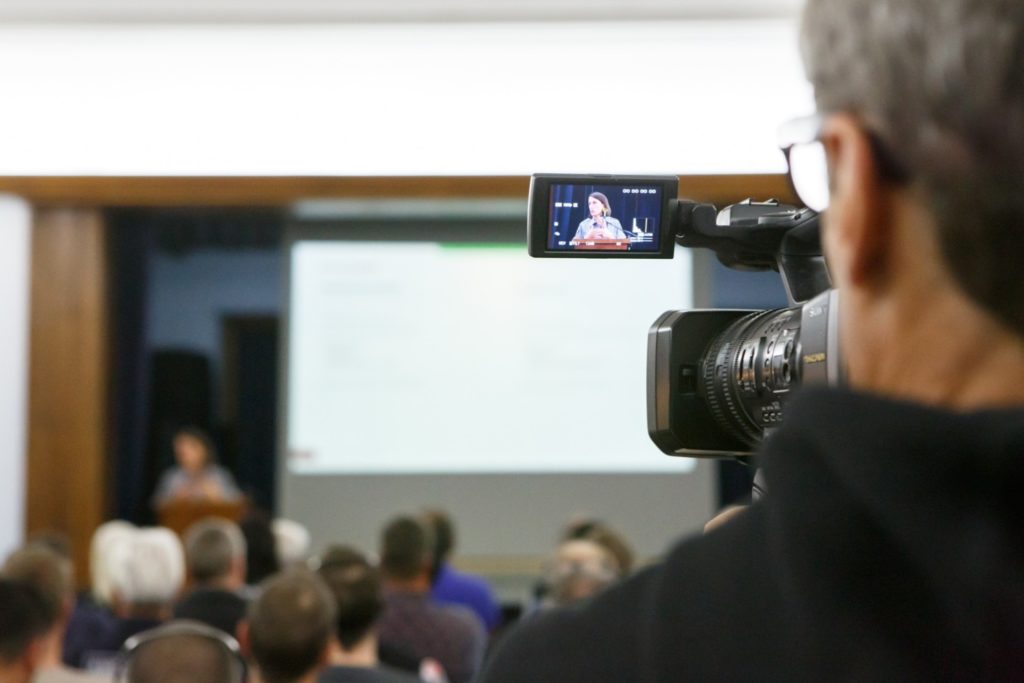
Video camera operator framing the speaker
Slide Integration
Obtain consent from speakers for capturing and sharing their presentation materials. For enhanced content, sync recorded video with speaker slides via an HDMI splitter. Invest in additional devices like converters (e.g., DAC70) and essential cables (XLR, HDMI, HDSDI) for a seamless setup. Good quality cables are so important. You should adapt if the format is in 16:9 or 4:3. You will probably need post-production.
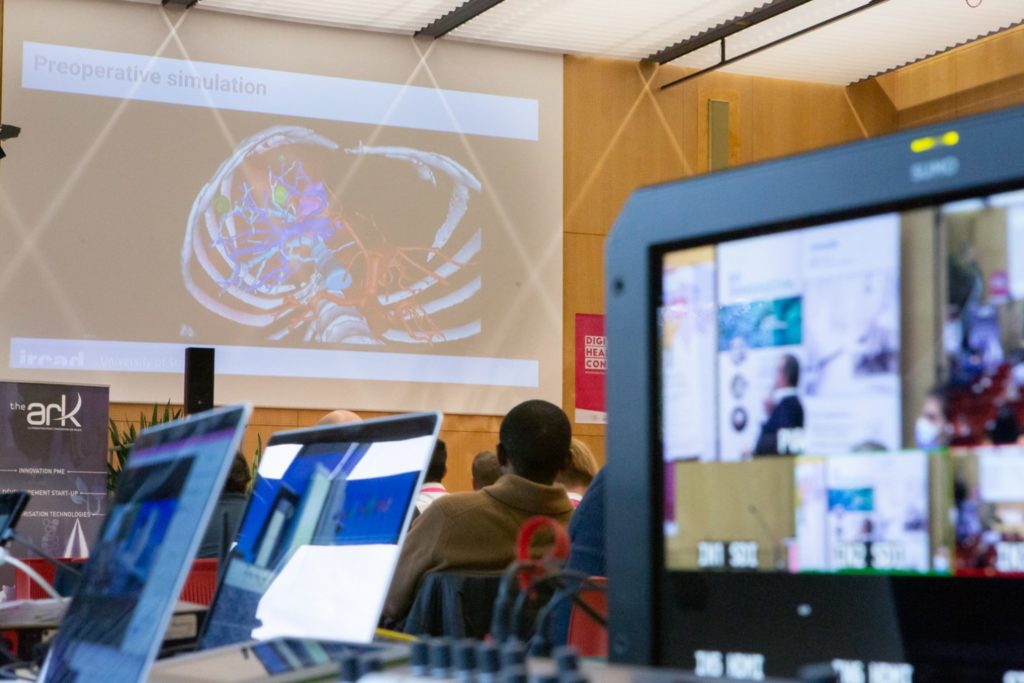
Recording the slides in sync
Main Recorder and Encoding
Ensure all signals are captured in sync using a reliable recorder. Explore encoding solutions for compressed video. Always record a little bit earlier and after the end of each talk, to avoid loosing any part.
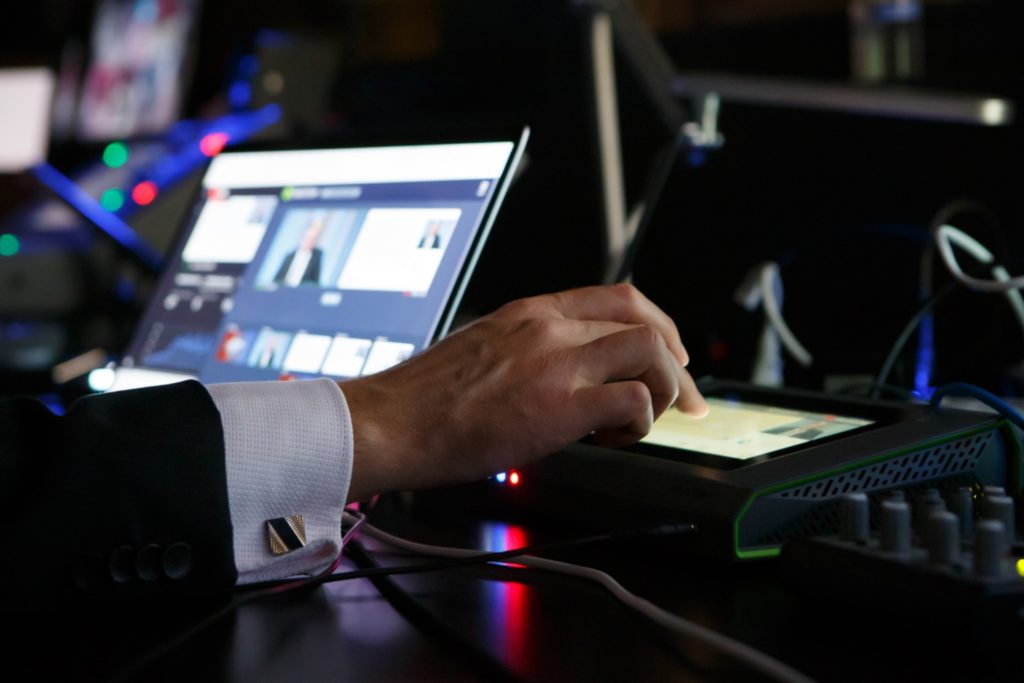
Multimedia recorder
Post-Production and Editing
It can quickly be time consuming. To avoid spending unnecessary amount of time, consider the right hardware and method from the beginning. You still maybe need to edit there and there to enhance the overall quality of your conference recordings. It should be done quickly after the event so that the participants get access to the content quickly after your event is finished. Add summaries to each talk, providing valuable insights for your audience.
Publishing
At this stage, you did 2 of the 3 very important steps: recording and editing. Now publishing step is as important, do not neglect it: it will help to leverage, create the best impact long term, it is strategic. Publish to the right audience: to all, only participants, personalized to specific segments. Shall it be free or paid, full or some teasers. Ensure your audience can access and engage with the material effortlessly. At Klewel, we’ve developed a platform for seamless publishing and distribution of your conference content.
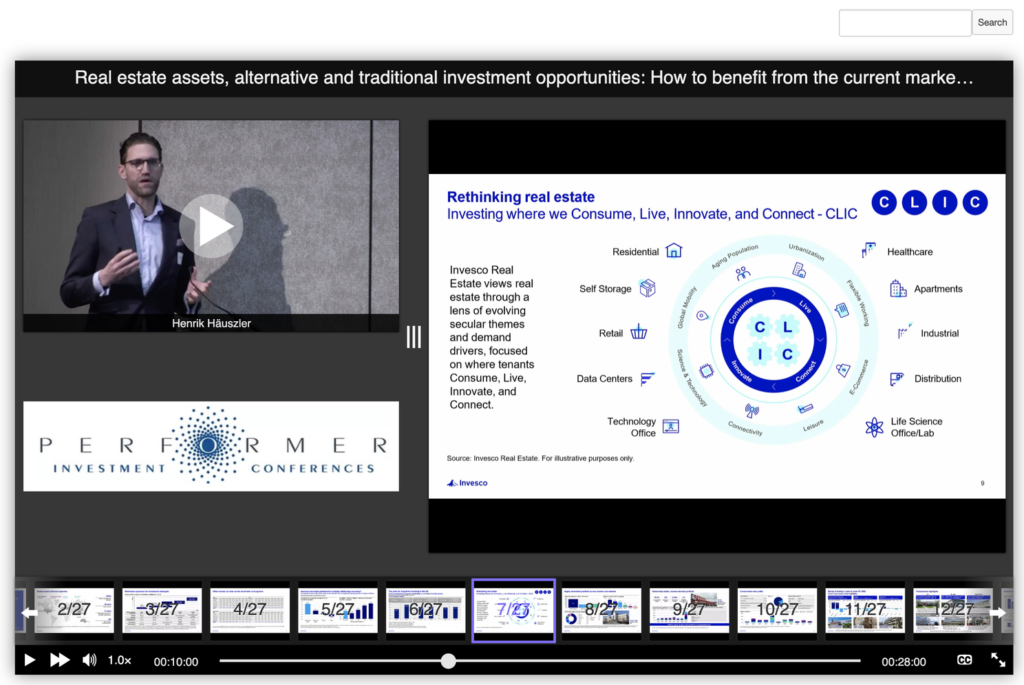
Klewel publishing platform to elevate your content
Conclusion
In the world of conference recording and streaming, hardware choices play a crucial role in delivering a polished and professional experience. By carefully considering audio recording, video capture, slide integration, encoding, and post-production, you can elevate your conference coverage to new heights. Keep your audience engaged, and make a lasting impact with high-quality content that reflects the excellence of your events. You organize an upcoming event? Get in contact with Klewel team!
